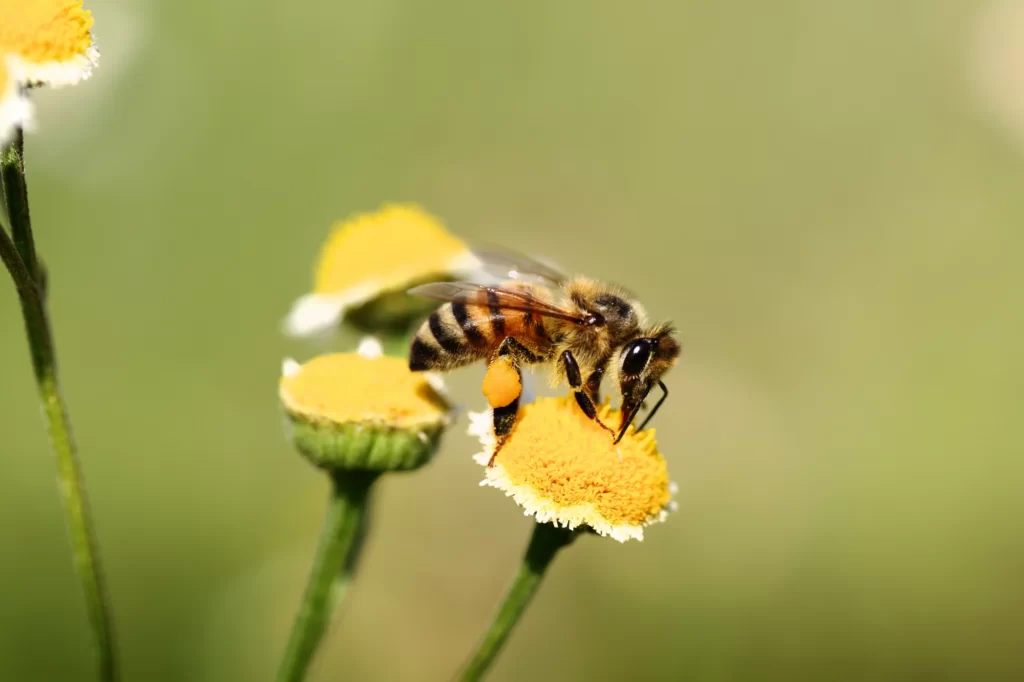Table of Contents
Introduction
This article discusses the potential use of manuka honey for arthritis. Researchers from the University of Illinois Urbana-Champaign conducted a study to explore whether manuka honey can inhibit bacterial infection and promote bone growth in collagen scaffolds. The study aimed to address the need for infection prevention in bioresorbable implants used in bone repair applications.
Collagen Scaffolds and Infection Prevention
The bones of the face and skull are susceptible to various conditions, including cleft palate defects, traumatic injuries, cancer, and bone loss from dentures. While bone replacements are commonly used to regenerate missing tissue, they are vulnerable to bacterial infection. The research team investigated the incorporation of manuka honey, derived from tea trees, into collagen scaffolds to prevent bacterial infection and stimulate bone growth.
Incorporation and Soaking of Manuka Honey
The researchers used two methods to add manuka honey to the scaffolds: incorporation and soaking. In the first method, they blended honey with a collagen suspension to create scaffolds with honey embedded in their structure. In the second method, they soaked the prepared collagen scaffolds in manuka honey for 40 hours. The aim was to assess the impact of manuka honey on bone growth and its ability to resist bacterial infection.
Enhanced Bone Production
The study results showed that when the scaffolds were soaked in 5% honey, there was a higher formation of minerals and increased production of osteoprotegerin. These findings suggest that the addition of manuka honey can enhance bone production in the scaffolds. The researchers concluded that soaking mineralized collagen scaffolds in 5% manuka honey improves their ability to produce minerals and promote osteogenesis.
Resistance to Bacterial Infection
Another aspect of the study focused on testing whether manuka honey inhibits the growth of bacteria commonly found in bone wounds. The researchers soaked paper discs in honey and placed them on bacterial lawns. While the honey-soaked scaffolds prevented bacterial attachment, they did not completely inhibit bacterial growth. The study highlighted that bacterial survival was observed even when using higher concentrations of antibiotics. This finding suggests that collagen scaffolds may provide a protective environment for bacteria, posing a challenge for infection prevention.
Future Research and Implications
The research team acknowledged the need for further investigation into manuka honey’s potential to prevent infection. Marley Dewey, the first author of the study, expressed her desire to establish her own lab to continue studying biomaterials and their role in infection prevention. Dewey aims to create models that can be used to study implant infection and gain a better understanding of bacterial interactions within scaffold structures.
In conclusion, manuka honey shows promise for enhancing bone production in collagen scaffolds. However, further research is necessary to fully understand its ability to prevent bacterial infection. The results of this study contribute to the ongoing efforts to develop effective infection prevention strategies for bioresorbable implants used in bone repair applications.
For more information on manuka honey and its potential benefits, visit https://aboutmanukahoney.com.

